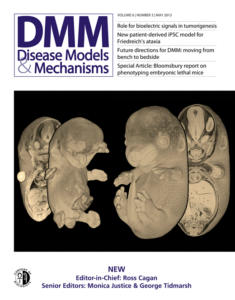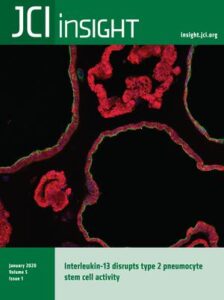My Career – Chapter 3: Friedreich’s Ataxia
Description
Friedreich’s Ataxia Research
Created an iPSC-derived neuronal model revealing mitochondrial dysfunction in Friedreich’s ataxia, directly contributing to clinical trials for therapeutic interventions.

 During my PhD at ULB (Université Libre de Bruxelles), I had the opportunity to collaborate with Professor Massimo Pandolfo’s team on a project addressing Friedreich’s ataxia (FRDA), a rare and debilitating neurodegenerative disorder. This collaboration unfolded alongside my doctoral research, requiring meticulous coordination and dedication to both endeavors. It represented a perfect intersection of my expertise in neuroscience and my desire to contribute to translational medical research.
During my PhD at ULB (Université Libre de Bruxelles), I had the opportunity to collaborate with Professor Massimo Pandolfo’s team on a project addressing Friedreich’s ataxia (FRDA), a rare and debilitating neurodegenerative disorder. This collaboration unfolded alongside my doctoral research, requiring meticulous coordination and dedication to both endeavors. It represented a perfect intersection of my expertise in neuroscience and my desire to contribute to translational medical research.
